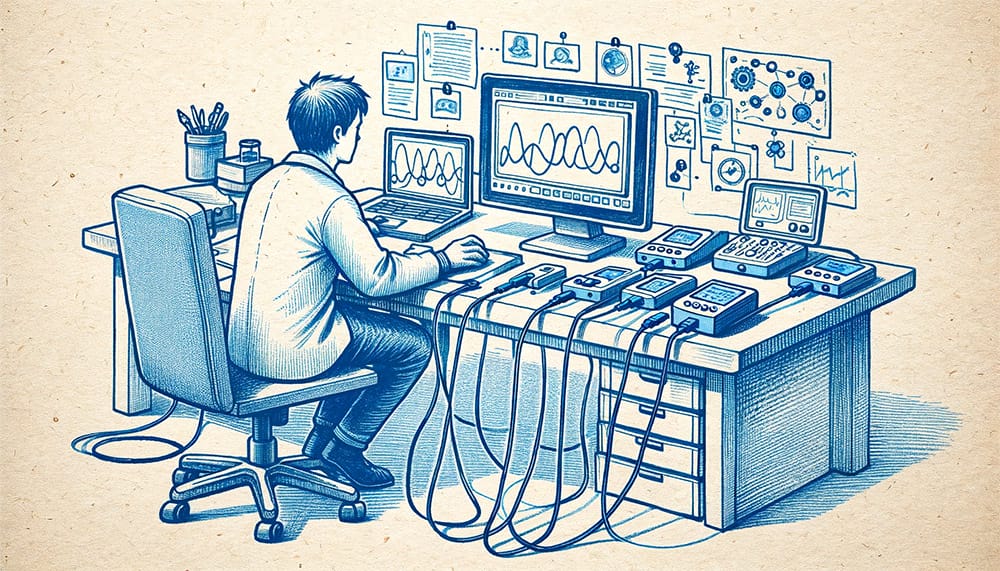1. Introduction to Actigraphy in Research
Actigraphy, a cornerstone in the realm of behavioral and physiological studies, has revolutionized the scientific understanding of human rest and activity cycles. This non-invasive method offers a unique blend of simplicity and efficacy, making it a preferred tool in a variety of scientific inquiries, especially in the study of sleep and circadian rhythms.
The Evolution and Significance of Actigraphy in Scientific Studies:
Tracing its origins to simple motion tracking, actigraphy has undergone significant advancements. Today, it combines advanced sensors with sophisticated data analysis techniques, providing researchers with a detailed view of an individual’s sleep-wake patterns over extended periods. This evolution has not only enhanced the accuracy of sleep studies but also broadened the scope of actigraphy to encompass diverse fields such as psychology, gerontology, and pediatric care.
“From its humble beginnings to its current status as a critical research tool, actigraphy has reshaped our approach to studying human activity and rest.”
1.1 What is Actigraphy?

Actigraphy is a non-invasive method used to study rest and activity cycles. Typically involving a wearable device, it tracks motion to infer wake and sleep patterns.
- Basic Principles of Actigraphy:
- Motion Detection: Uses accelerometers to detect movement.
- Sleep-Wake Analysis: Differentiates between active and restful states.
- Data Collection: Gathers continuous activity data over extended periods.
- Circadian Rhythm Insights: Helps in understanding biological clocks.
“Actigraphy bridges the gap between observation and quantifiable data, revealing the subtle patterns of human rest and activity.”
In essence, actigraphy is a tool that translates physical motion into valuable data, offering insights into various aspects of human behavior and physiology.
1.2 Historical Perspective of Actigraphy
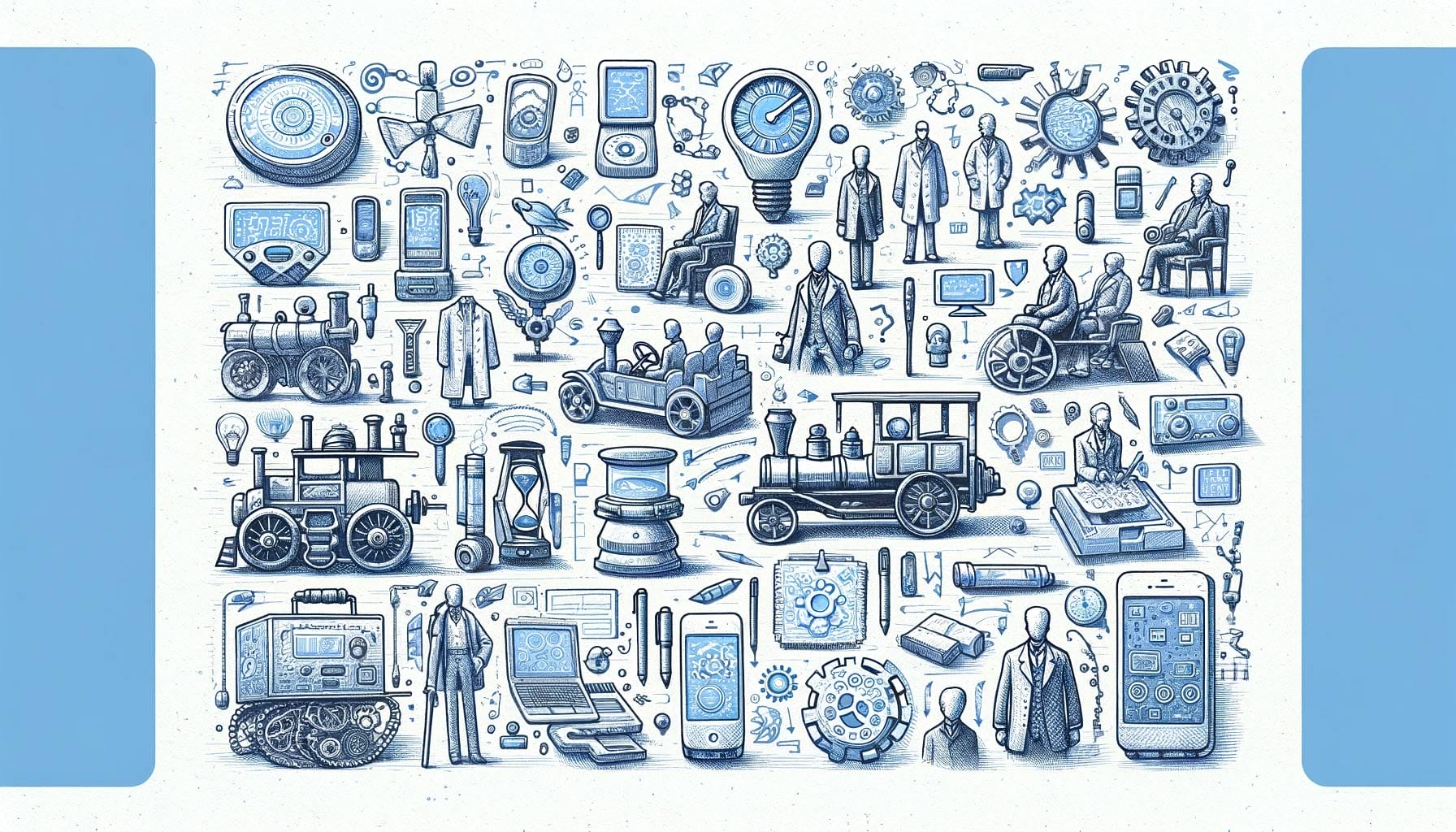
The journey of actigraphy from its inception to its current role in research is a tale of technological evolution and scientific curiosity. Initially developed as a simple tool to monitor basic movement, actigraphy has matured into a sophisticated device capable of providing intricate insights into human sleep patterns and activity cycles.
- Early Beginnings: Originated as basic motion trackers.
- Technological Advancements: Progression to digital sensors for enhanced accuracy.
- Broadening Applications: From sleep studies to broader behavioral research.
“Actigraphy’s history reflects a trajectory of scientific innovation, transforming how we understand human behavior and physiology.”
This historical perspective on actigraphy shows its growth from basic movement tracking tools to its current advanced form, equipped with digital sensors. This progression highlights actigraphy’s increasing importance in various fields, notably in sleep and behavioral research. As technology advanced, so did the capabilities of actigraphy devices, allowing for more precise and comprehensive data collection, thereby broadening their applications beyond initial expectations. This evolution underscores actigraphy’s significant contribution to our understanding of human behavior and physiology over time. Find the ideal actigraphy device for your research with our guide: Selecting the Right Research-Grade Actigraphy Devices: An Expert Guide.
2. Advancements in Actigraphy Techniques

The field of actigraphy has seen significant innovations in recent years, markedly enhancing its utility in research and clinical applications. Gain insights into actigraphy’s influence in clinical research by reading our article, ‘The Role of Actigraphy in Clinical Trials: A Detailed Overview’.
Innovations in Actigraphy Technology:
Actigraphy has undergone transformative technological advancements, elevating its role in scientific studies.
- Improved Sensor Accuracy: Modern actigraphy devices are equipped with highly sensitive sensors, providing precise measurement of even the slightest movements. This increased accuracy has improved the reliability of data, particularly in sleep studies.
- Enhanced Data Analysis Software: The evolution of data analysis software in actigraphy has been pivotal. Advanced algorithms are now capable of interpreting complex datasets, offering deeper insights into sleep patterns and circadian rhythms. Gain valuable insights into sleep health with our comprehensive article, ‘Understanding Actigraphy Studies in Sleep Patterns: An In-Depth Analysis’, focusing on the innovative use of actigraphy in sleep research.
- Integration with Other Biometric Measures: Actigraphy devices today often integrate additional biometric sensors, such as heart rate monitors or temperature sensors. This integration allows for a more holistic view of an individual’s physiological state, enhancing the scope and depth of research.
“The advancements in actigraphy technology are not just incremental; they represent a quantum leap in our ability to monitor and understand human activity patterns.”
These advancements in actigraphy technology represent a significant leap forward, offering researchers and clinicians more robust tools for understanding human behavior and physiological states.
2.1 Actigraphy in Modern Research

Actigraphy’s role in modern research extends far beyond its initial use in sleep studies, finding relevance in various scientific fields.
- Sleep and Circadian Rhythm Research: Actigraphy remains a staple in these studies, providing valuable insights into sleep patterns and circadian disorders.
- Behavioral and Psychological Studies: It’s increasingly used to monitor and analyze behavioral changes, particularly in mental health research.
- Pediatric and Geriatric Applications: In these demographics, actigraphy helps in understanding sleep and activity patterns, aiding in the management of various conditions.
- Lifestyle and Fitness Monitoring: With the rise of personal health tracking, actigraphy has found a place in everyday health and wellness monitoring.
“Actigraphy’s expansion into diverse research areas underscores its versatility and growing importance in scientific and health-related studies.”
This expansion of actigraphy into different research areas highlights its versatility and increasing significance, not just in traditional sleep studies, but across a broad spectrum of scientific and health-related fields.
3. Case Studies: Actigraphy in Various Research Fields
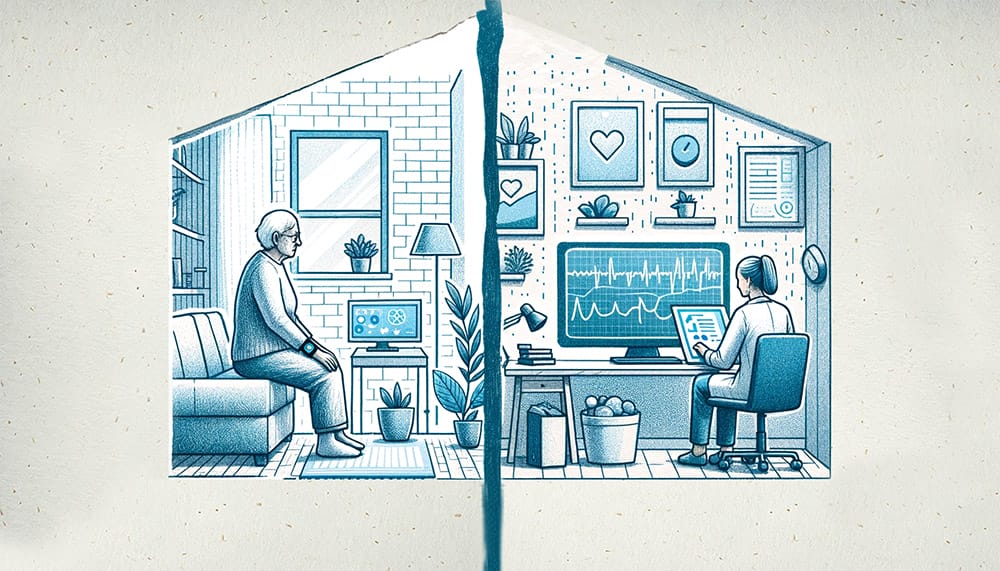
Actigraphy has been instrumental in various research fields, each demonstrating its versatility and effectiveness in gathering data on human activity and rest patterns.
3.1 Sleep Disorder Research
In studies focusing on sleep disorders, actigraphy has been crucial in understanding patterns and disturbances in sleep. For example, in research on insomnia, actigraphy has helped delineate differences in sleep patterns between individuals with insomnia and those without, offering insights into potential treatment approaches.
3.2 Pediatric Studies

Actigraphy has played a key role in pediatric research, especially in understanding sleep patterns and activity levels in children with developmental disorders. This has been particularly valuable in studies involving children with ADHD, where actigraphy has helped quantify hyperactivity and its impact on sleep.
3.3 Behavioral and Psychological Assessments
In the realm of psychology, actigraphy has been used to study the correlation between physical activity and mental health. Research in this area includes monitoring activity levels in patients with depression or anxiety, providing a more objective measure of behavioral changes related to these conditions.
Each case study illustrates the diverse applications of actigraphy, highlighting its value in a wide range of scientific inquiries.
3.4 Actigraphy in Geriatric Care
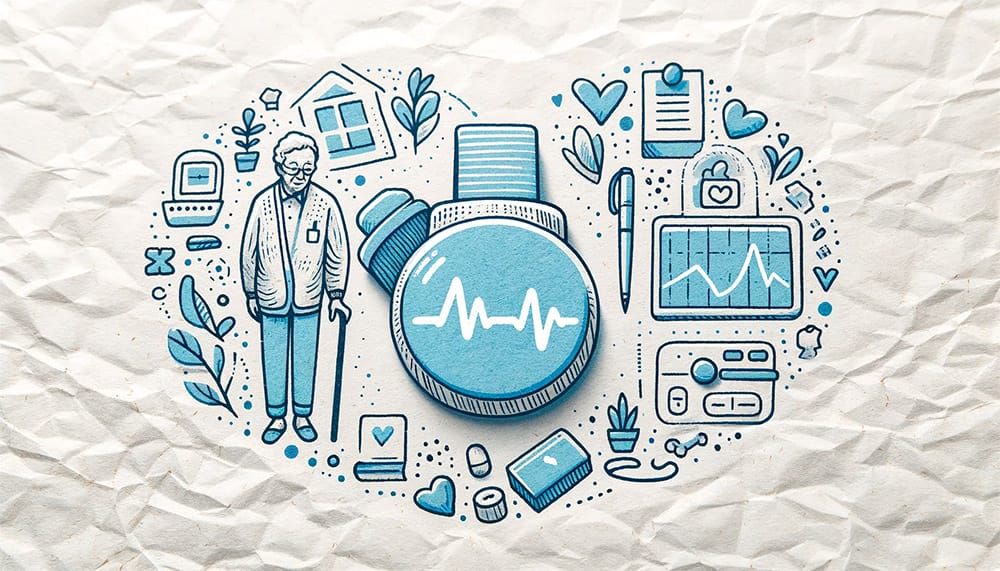
Actigraphy has been significantly useful in geriatric care, particularly in monitoring sleep patterns and daily activity levels in older adults. This application is crucial for understanding the sleep disturbances often experienced in this age group, which can be linked to various health conditions. For instance, actigraphy has been used to study sleep patterns in elderly patients with dementia, providing insights into how their sleep disturbances correlate with disease progression and helping in the management of their daily care.
3.5 Workplace Health Studies

Actigraphy has also found application in workplace health studies, examining the impact of work schedules on employee sleep and activity levels. A notable case involved shift workers, where actigraphy was used to study the effects of irregular work hours on sleep patterns and overall health. The findings have been instrumental in informing workplace policies and strategies to mitigate the negative health impacts of shift work.
3.6 Research in Chronic Illness Management
In chronic illness management, especially in conditions like chronic fatigue syndrome and fibromyalgia, actigraphy provides valuable data on patient activity levels. This data helps in tailoring individualized treatment plans and monitoring patient response to therapies, contributing significantly to the overall management of these conditions.
Each of these case studies underlines the multifaceted utility of actigraphy in research, demonstrating its effectiveness across a wide array of fields beyond traditional sleep studies.
4. Analyzing Actigraphy Data: Best Practices
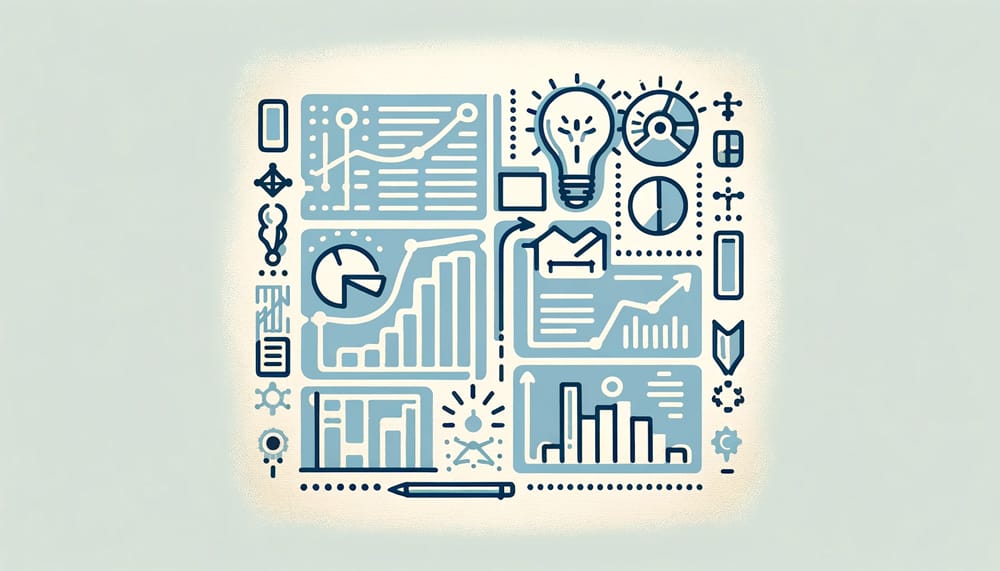
Analyzing data from actigraphy involves a meticulous approach to ensure accuracy and meaningful interpretation. This section focuses on the best practices in actigraphy data analysis, essential for deriving reliable conclusions in research.
4.1 Understanding the Data
Before diving into analysis, understanding the nature of actigraphy data is crucial. This includes recognizing patterns of movement, distinguishing between different types of activities, and acknowledging the limitations of what actigraphy can and cannot measure.
4.2 Data Analysis Techniques
The analysis of actigraphy data requires specific techniques designed to handle large and complex datasets. Researchers often use specialized software that can process and analyze this data, looking for patterns and correlations relevant to their study goals.
4.3 Interpreting Results
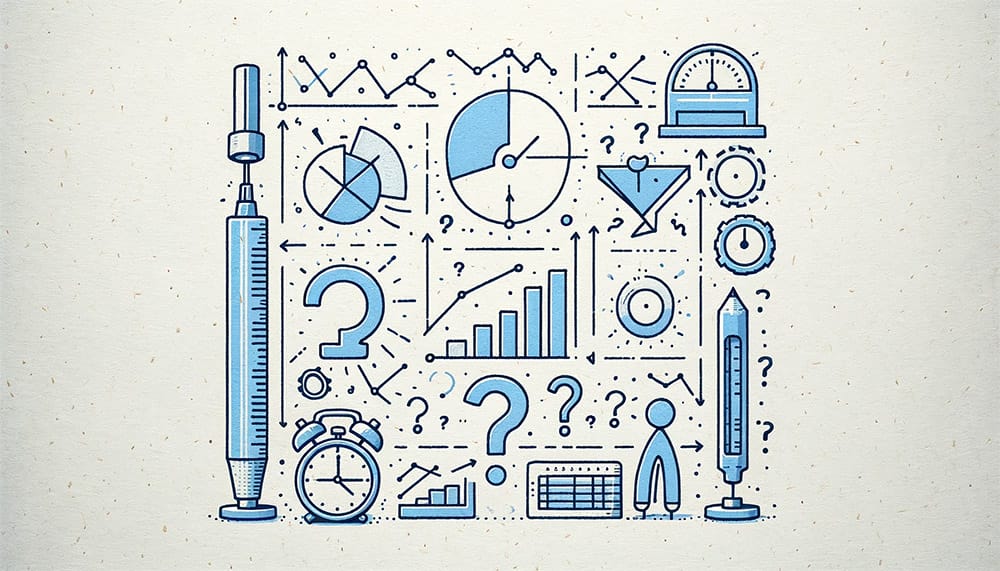
Interpretation of actigraphy data should be done with an understanding of the context in which the data was collected. Factors such as the subject’s environment, lifestyle, and any known health conditions should be considered to accurately interpret the results.
4.4 Ethical Considerations
Ethical considerations are paramount, especially regarding data privacy and the consent of participants in studies involving actigraphy. Researchers must ensure that data is handled securely and that participants are fully informed about how their data will be used.
This section on data analysis underscores the importance of a comprehensive and ethical approach to handling and interpreting actigraphy data, ensuring that the results are both reliable and meaningful.
5. Future Trends in Actigraphy Research
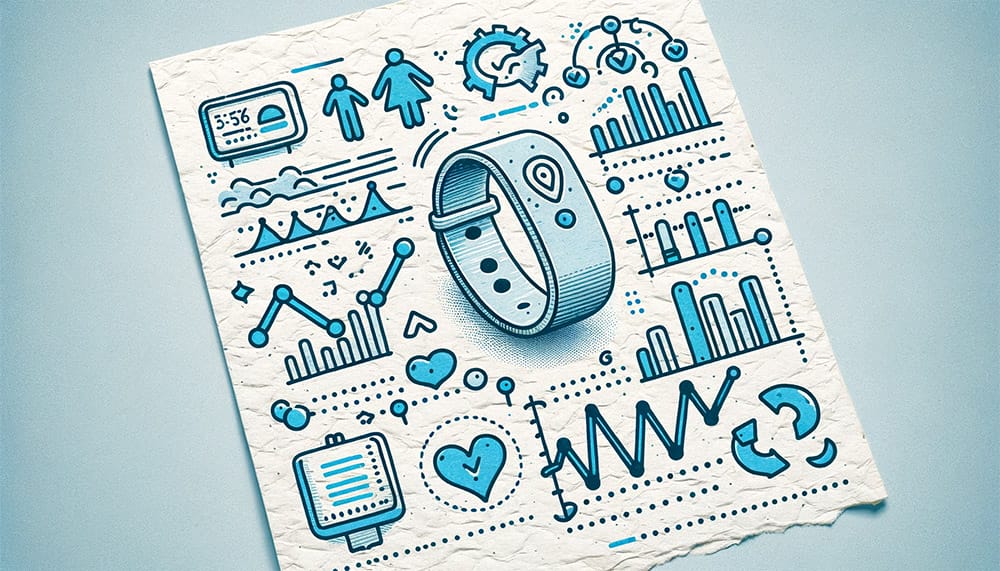
The future of actigraphy research is poised to be shaped by technological advancements and a growing understanding of its potential applications.
5.1 Technological Innovations
Emerging technologies, such as advanced machine learning algorithms and more sophisticated sensors, are expected to further enhance the capabilities of actigraphy devices. This could lead to even more precise and detailed data collection.
5.2 Expanded Applications
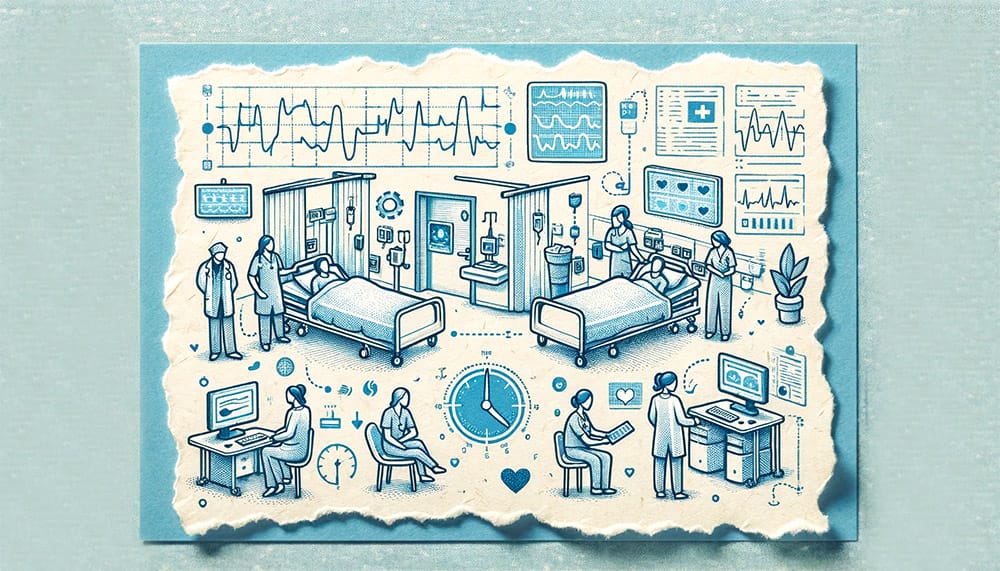
Actigraphy is likely to find new applications in areas like remote patient monitoring, public health studies, and even in personalized medicine. The ability to continuously monitor activity patterns can provide invaluable insights in these fields.
5.3 Integration with Other Technologies
The integration of actigraphy with other health monitoring technologies, such as smart home systems and wearable health trackers, is anticipated to offer a more holistic view of an individual’s health and well-being.
5.4 Ethical and Privacy Considerations

As actigraphy becomes more prevalent, ethical and privacy considerations will become increasingly important. Ensuring the security of personal data and addressing concerns about data use will be key challenges to address.
The future of actigraphy research holds exciting possibilities, promising to deliver deeper insights into human behavior and health through advanced technology and broader applications.
5.5 Collaboration and Cross-Disciplinary Research
As actigraphy continues to evolve, increased collaboration between different scientific disciplines is expected. Researchers from fields like psychology, neurology, and even data science are likely to join forces, leading to more comprehensive studies and innovative uses of actigraphy.
5.6 Advancing Public Health Initiatives

Actigraphy has the potential to play a significant role in public health initiatives. By providing large-scale data on activity patterns of various populations, it can inform policies and programs aimed at improving overall health and well-being.
5.7 Enhancing Personal Health Management
With the rise of personalized health tracking, actigraphy is set to become a more integral part of personal health management. It could offer individuals insights into their own health behaviors, contributing to better personal health decisions and outcomes.
The future of actigraphy research is rich with possibilities, promising to further our understanding of human activity and rest patterns and to contribute significantly to both individual and public health.
6. Conclusion
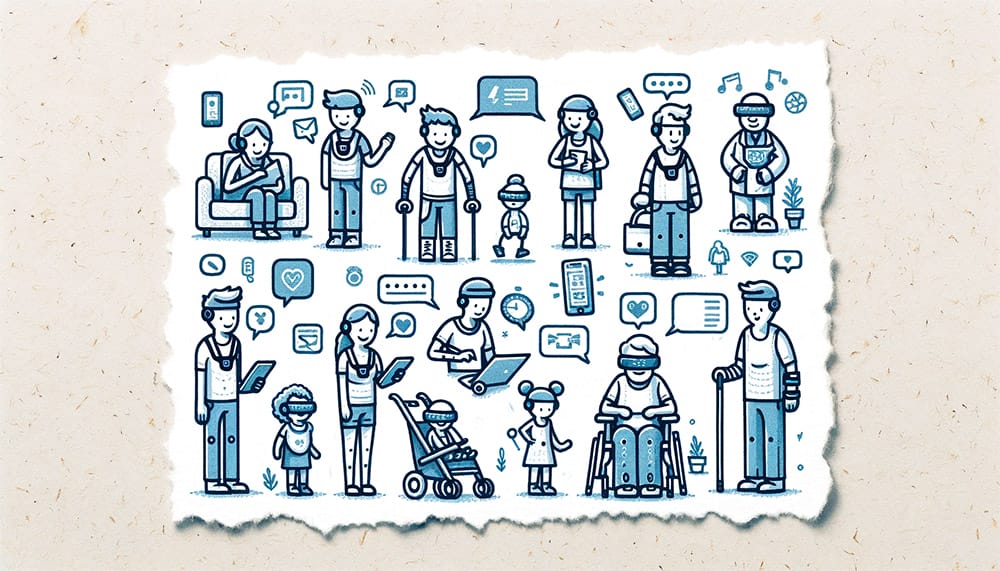
Actigraphy has proven to be an invaluable tool in scientific research, offering in-depth insights into human activity and sleep patterns. Its evolution from a basic motion tracker to a sophisticated device integrating advanced technology reflects its growing significance in various research fields.
Take-Home Messages:
- Actigraphy provides a non-invasive, accurate method for studying sleep and activity cycles.
- Technological advancements have expanded its applications beyond sleep studies to behavioral research and health monitoring.
- Data analysis in actigraphy requires careful interpretation and ethical consideration.
- The future of actigraphy promises even greater integration with other technologies and disciplines, enhancing its utility in both research and personal health management.
- Addressing privacy and ethical concerns is essential as actigraphy becomes more prevalent in research and everyday use.
These key points underscore the importance and versatility of actigraphy in modern scientific research and its potential for future applications in health and behavior studies.
You Might Also Be Interested
📚 Delve into our comprehensive Wearables & Accelerometer collection for insightful perspectives on articles related to accelerometers and wearables.
🔍 Learn more about how our various valid and reliable products, such as the Fibion Device, Fibion SENS, Fibion Sleep, Fibion Mimove, Fibion Emfit, and Fibion Circadian, can help you in your research measuring physical activity, sedentary behavior, and sleep.
📅 Planning a research measuring physical activity, sedentary behavior, and sleep? For a chat with our accelerometer and wearable expert, book a session with Dr. Miriam Cabrita.
Frequently Asked Questions
What is Actigraphy? +
Actigraphy is a non-invasive method that uses a wearable device to track motion and infer wake and sleep patterns, primarily used in studying rest and activity cycles.
How has Actigraphy evolved historically? +
Actigraphy has evolved from basic motion tracking to a sophisticated device with digital sensors, broadening its applications from sleep studies to various behavioral and physiological research areas.
What are the advancements in Actigraphy techniques? +
Modern actigraphy has seen advancements in sensor accuracy, data analysis software, and integration with other biometric measures, enhancing its utility in research and clinical applications.
In what modern research areas is Actigraphy used? +
Actigraphy is used in diverse areas such as sleep and circadian rhythm research, behavioral and psychological studies, pediatric and geriatric applications, and lifestyle and fitness monitoring.
What are some best practices in analyzing Actigraphy data? +
Analyzing actigraphy data involves understanding the data’s nature, employing specific data analysis techniques, interpreting results with context, and adhering to ethical considerations, especially regarding data privacy.
What are the future trends in Actigraphy research? +
Future trends in actigraphy research include technological innovations, expanded applications in various fields, integration with other health technologies, and addressing ethical and privacy considerations.

